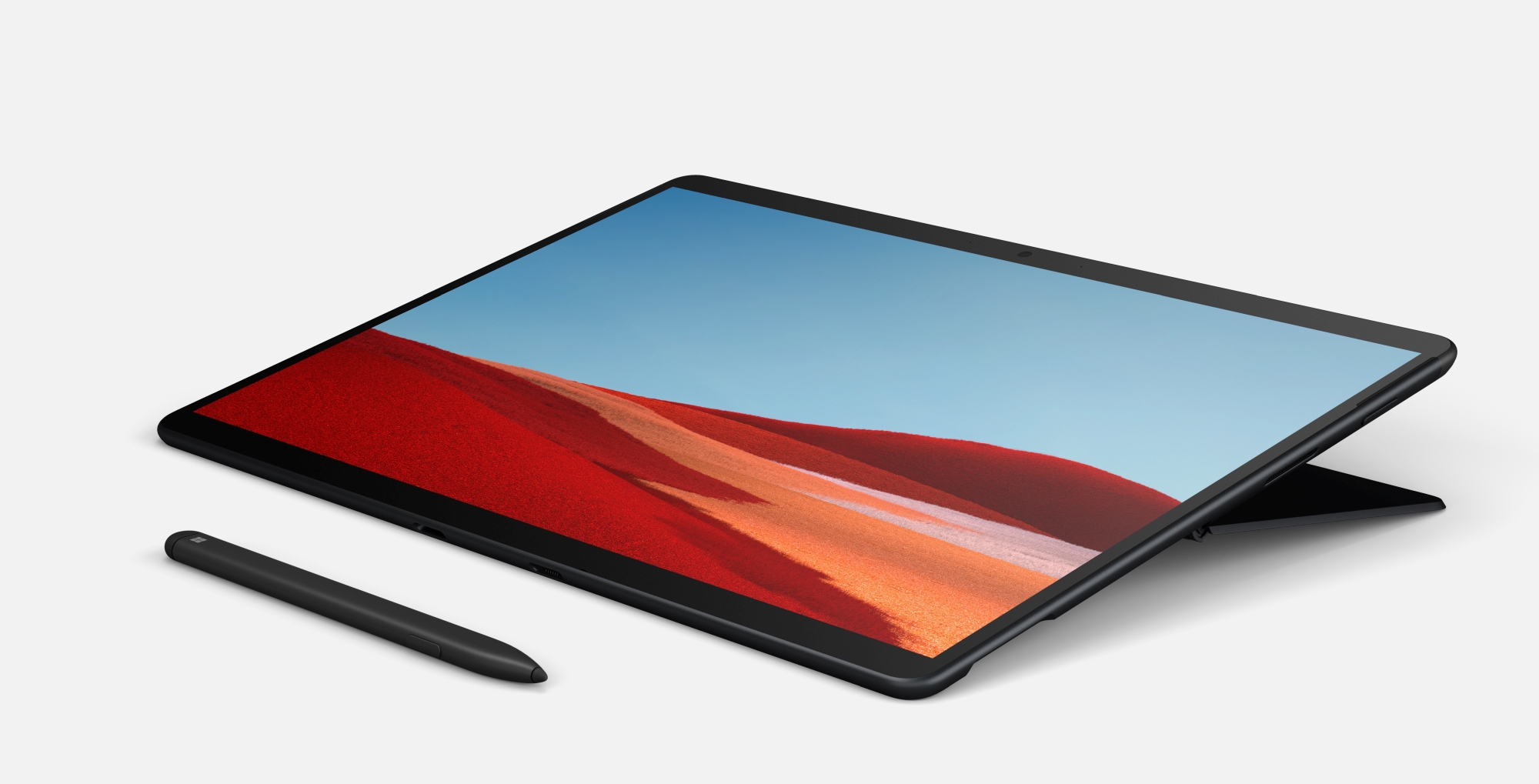

This Surface Pro supports connectivity on 20 LTE bands, for service in nearly any country. As with the non-LTE Surface Pro, the Signature Type Cover ($159.99) and Surface Pen ($99.99) are sold separately. There's a much wider range of options for the non-LTE Surface Pro, starting at $799 for the base model all the way up to a $2,699 top-of-the-line version. There's only one other configuration of the LTE version available: a base model with a 128GB SSD and 4GB of memory for $1,149. The $2,199 Surface Pro we reviewed last year packed a Core i7 processor, 16GB of memory, and a 512GB SSD, while the model we're testing here is configured with a Core i5-7300U, 8GB of memory, and a 256GB SSD and rings up at a more modest $1,449. The design of the LTE version remains the same as the non-LTE model, but the internal components we're testing this time around are different.

The Apple iPad Pro also has an eSIM, but, unlike the Surface Pro's, it works with all four major US carriers and most international carriers. LTE eSIM service in the US will be provided by French company Transatel, with several plans available: You can buy 200MB for one day ($4.99), 1GB for 15 days ($13.99), and 3GB for 30 days ($29.99). The integrated SIM option allows you to use a pay-as-you-go plan through the Windows Store. The LTE model also has an embedded SIM card, which offers an alternative to traditional standalone SIM cards. To install a SIM card, simply pop it into the tray and push it back into the slot.ġ Cool Thing: Microsoft Surface Pro With LTE Advanced With the kickstand extended, you can access the slot and eject the tray by poking into a pinhole using the provided tool. The one exterior change required for the LTE version of the Surface Pro is a SIM card slot, which is located on the rear panel, beneath the kickstand. Since the design details are the same, you can read about the display, keyboard, ports, kickstand, stylus, and more in our review of the non-LTE Surface Pro. This 1.79-pound Surface Pro is pretty much identical to the non-LTE model, and shares the same dimensions, measuring a slim 0.33 by 11.5 by 7.9 inches (HWD). Pairing 4G with some of the best hardware on the market could make this a game-changer for professionals who need to take their internet-based work on the go. This means you can stay online anywhere with this 2-in-1 hybrid tablet. The new Microsoft Surface Pro with LTE Advanced (starts at $1,149 $1,449 as tested) includes a feature that the Editors' Choice model we reviewed last year lacks: LTE connectivity.

How to Set Up Two-Factor Authentication.How to Record the Screen on Your Windows PC or Mac.How to Convert YouTube Videos to MP3 Files.How to Save Money on Your Cell Phone Bill.How to Free Up Space on Your iPhone or iPad.How to Block Robotexts and Spam Messages.


 0 kommentar(er)
0 kommentar(er)
